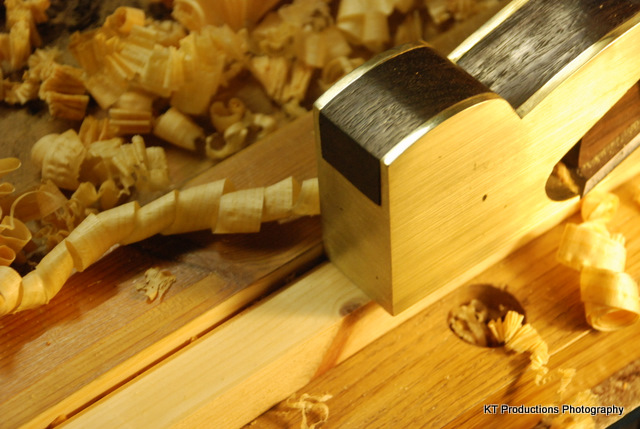Togalosh
Established Member
I've a question regarding my brand new Clifton 770 Bullnose Plane & would appreciate answers/s or some advice please.
( http://www.axminster.co.uk/clifton-clif ... rod791116/ )
It is my first expensive hand tool & it's so nice to use & hold apart from 1 detail & I'm not sure if it's purposeful or an oversight.
It's the blade - it sits proud of the body on 1 side by 0.5mm if the other side is flush & so if I'm shooting the edge or planing a rebate shoulder (with it on it's side) & need to change planing direction I have to adjust the blade to be flush or it fouls the part it's running on & so on & so on...this does not seem right to me. The blade would be much better if it was exactly the same width as the body...or am I missing something?
Thanks
( http://www.axminster.co.uk/clifton-clif ... rod791116/ )
It is my first expensive hand tool & it's so nice to use & hold apart from 1 detail & I'm not sure if it's purposeful or an oversight.
It's the blade - it sits proud of the body on 1 side by 0.5mm if the other side is flush & so if I'm shooting the edge or planing a rebate shoulder (with it on it's side) & need to change planing direction I have to adjust the blade to be flush or it fouls the part it's running on & so on & so on...this does not seem right to me. The blade would be much better if it was exactly the same width as the body...or am I missing something?
Thanks





































